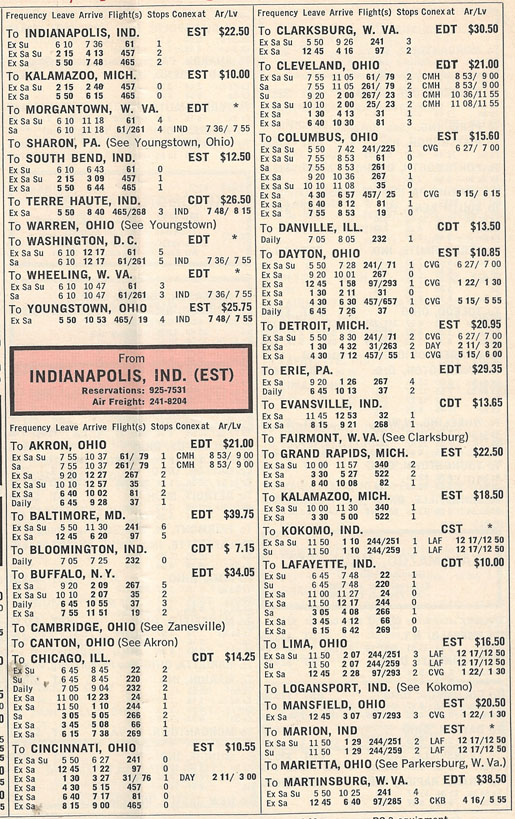One of my favorite Christmas/holiday themed timetable covers is the Western issue dated December, 1951. I imagine the Convair departing one of Western's Montana stations, gliding almost silently across the crystal-clear December sky, as the people below wish a Merry Christmas to those on board. (For the record, in this timetable, the Convairs were primarily operating up and down the West Coast, and didn't get any further inland than Salt Lake City.)
The religious symbolism is subtle, represented by extra-bright star at the upper left. To me, this image says "Peace on Earth, good will to men" without any words whatsoever.
So, to those who celebrate Christmas on this day, "Merry Christmas", and to all, may the New Year bring you peace and good will!



























